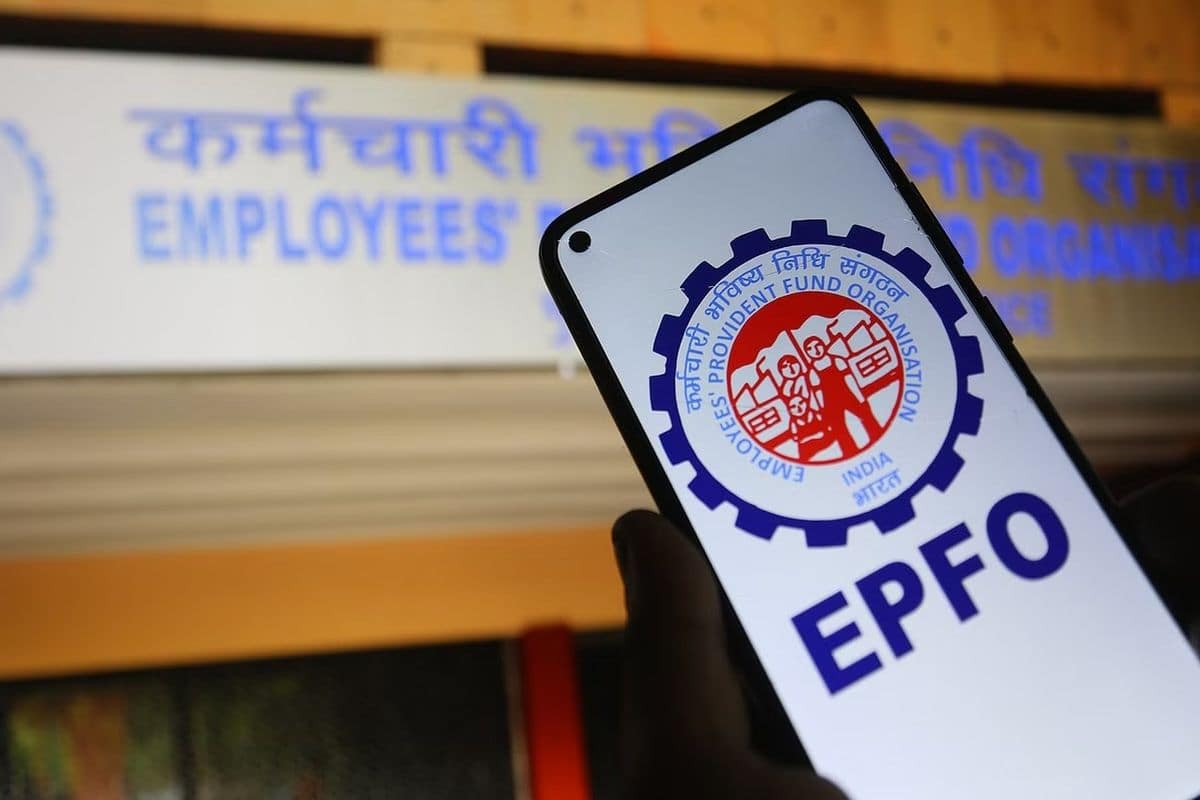Shardiya Navratri, a significant Hindu festival, begins this year on October 3, 2024, and will continue until October 12, 2024. Navratri, which translates to ‘nine nights’, is celebrated four times a year, with the most notable being Sharadiya Navratri in the month of Ashwin. Among the four Navratris, two are referred to as Gupt Navratri, relatively lesser-known to the general public. The vibrant atmosphere during Sharadiya Navratri is filled with joy and devotion as the festival emphasizes the feminine form of divinity, primarily centered around worshiping the Goddess in her various manifestations.
Over the span of nine days, nine different forms of the Goddess are worshiped. These forms symbolize various achievements and embody distinct aspects of Shakti. Starting with Mother Shailputri, each day is dedicated to a particular aspect of the divine feminine. The nine forms of Goddess Durga celebrated during this Navratri offer followers a unique opportunity to connect with different energies and qualities of the Goddess.
Names of the Nine Goddesses
| Day | Goddess Name | Attributes |
|---|---|---|
| 1 | Shailputri | Represents the mountain; embodiment of strength. |
| 2 | Brahmacharini | Symbolizes penance and devotion. |
| 3 | Chandraghanta | Embodies bravery; also represents beauty. |
| 4 | Kushmanda | Creator of the universe; signifies energy. |
| 5 | Skandamata | Mother of Kartikeya; signifies strength and motherhood. |
| 6 | Katyayani | Waged war against demons; symbolizes courage. |
| 7 | Kalratri | Defender against evil; represents fierce protection. |
| 8 | Mahagauri | Represents purity and peace. |
| 9 | Siddhidatri | Provides spiritual gifts and fulfillment of desires. |
Details of the Nine Goddesses
1 – Shailputri
Shailputri is revered as the daughter of the mountain king Himavan. It is believed that she embodies the strength and resilience of the mountains. Worship of Shailputri involves offering red flowers, rice grains, incense, and lighting a lamp with ghee, symbolizing purity and devotion.
2 – Brahmacharini
Recognized for her rigorous penance, Brahmacharini symbolizes the unwavering spirit of devotion. The form of the Goddess exemplifies the importance of spiritual discipline and the commitment to achieve one’s goals, especially in the pursuit of inner peace and enlightenment.
3 – Chandraghanta
Chandraghanta has a distinctive half-moon adornment on her forehead, symbolizing beauty and valor. She is invoked for mental strength and overcoming challenges, making her a powerful ally in one’s endeavors.
4 – Kushmanda
The goddess Kushmanda is revered for her role in creating the universe. She represents cosmic energy and creativity, encouraging devotees to harness their inner strength to overcome obstacles.
5 – Skandamata
As the mother of Kartikeya, Skandamata embodies the nurturing aspects of motherhood. Devotees turn to her for blessings associated with family and progeny.
6 – Katyayani
Katyayani was created to defeat the demon Mahishasura. She symbolizes the power and sacrifice of feminine energy in overcoming evil and injustice.
7 – Kalratri
Kalratri, fierce and protective, is worshiped to dispel darkness and negativity from the lives of her devotees. Her energy is harnessed for overcoming fears and challenges.
8 – Mahagauri
Mahagauri represents purity and peace, embodying the essence of spiritual growth. Her worship emphasizes cleansing one’s spirit and attaining tranquility.
9 – Siddhidatri
Siddhidatri grants spiritual accomplishment and fulfillment of desires. She is revered as the ultimate form of the divine feminine, ensuring that all spiritual paths lead to success.
With each day of Navratri dedicated to the celebration of these divine forms, devotees engage in various rituals, prayers, and offerings. The festival not only fosters a sense of community but also serves as a period for personal introspection and spiritual growth. Embracing the attributes embodied by each goddess allows individuals to connect with their inherent strengths and aspire towards greater fulfillment in life.












